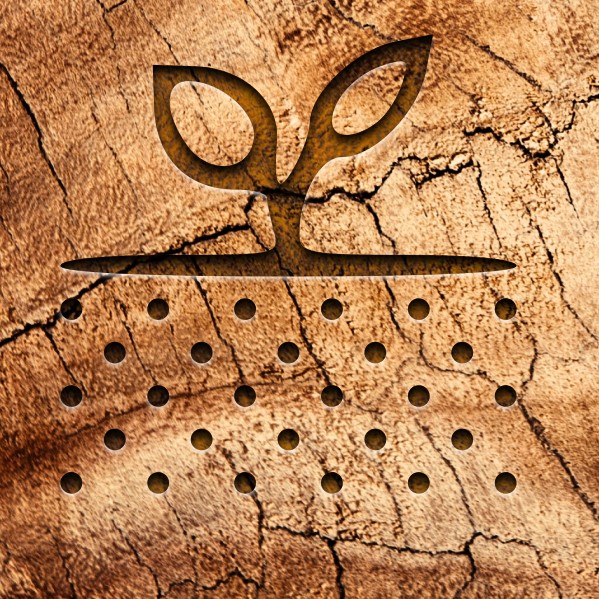 Soil conditions |
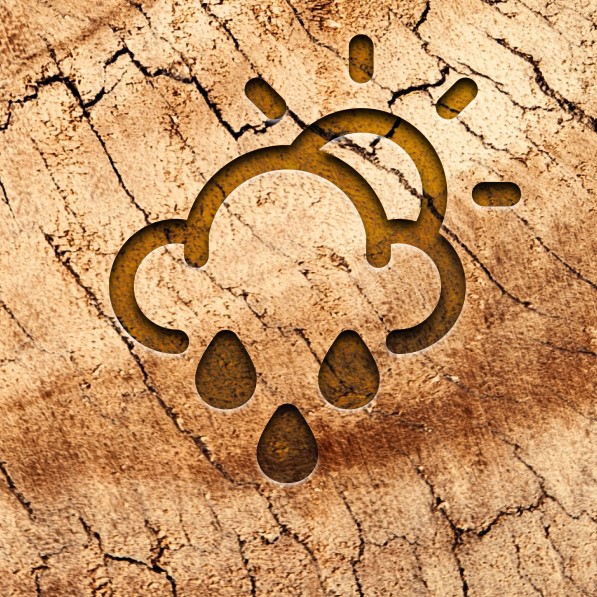 Weather |
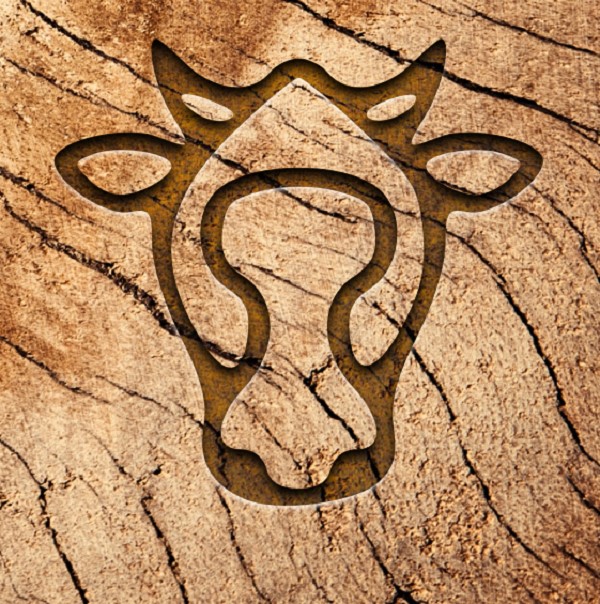 Animal behaviour |

LoRa - short for Long Range - is a communications technology that allows you to send data over long distances using a small amount of power. It differs significantly in its capabilities from things like WiFi, bluetooth and 3/4/5G, and is particularly suitable for applications like environmental sensors where small amounts of data are transmitted as it has low bandwidth.

A device (sometimes called an end-node) equipped with a LoRa transmitter sends a small packet of data to a gateway, which then forwards that packet via 4G, wifi, or even ethernet to a server from where it can be accessed. Sensors typically go into sleep mode when not recording to conserve power, and wake up only long enough to take a reading and send it to the gateway. This means they can operate for a long time (often years), and require no maintenance. So there is no need to manually go and download data from, for example, a data logger.
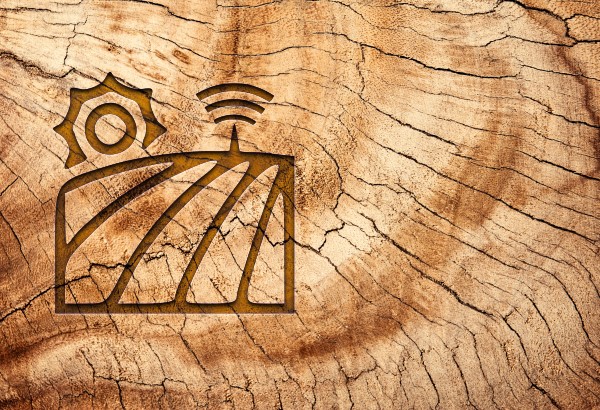
Apart from the low bandwidth, LoRa only works in line of sight. Although it can penetrate buildings and trees, this means that in areas where the topography is not flat, there can be dead zones where the signal cannot reach. One way round this is to have multiple gateways which cover the blind spots. One of the features of LoRaWAN is that the server can recognise and deal with 'duplicate' packets when a sensor is in range of multiple gateways.
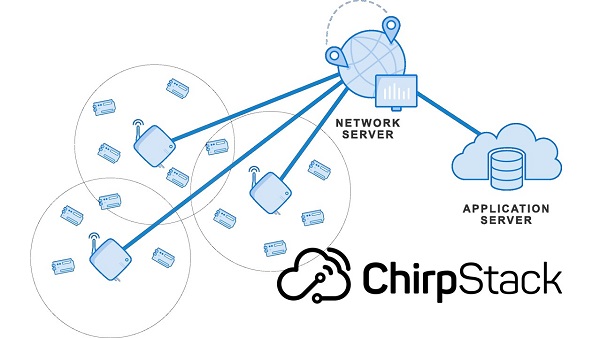
We have chosen to use an open source, self managed network server called Chirpstack). This allows us complete control over our own data: how we collect and manage it, ownership and IP rights etc. Chirpstack is integrated with our High Performance Computing Cluster (www.cropdiversity.ac.uk), managed by the Information and Computational Sciences Department.

Each gateway has to send its data to a specified server, usually referred to as a Network Server. There are many options that can be used for a network server: The Things Network is a global server network, and large IT companies like Amazon, Microsoft and Google have IoT (Internet of Things) services which can be used.

Currently we have one gateway at Balruddery and one at Glensaugh; as part of the Climate Positive Farm initiative, more gateways are being purchased for Glensaugh as the undulating landscape there means that the current gateway has a limited reach.
Invergowrie and Balruddery are also covered by commercially operated gateways run by IoT Scotland.

Our LoRa team currently consists of Iain Milne (iain.milne@hutton.ac.uk), Becky Smith (rebecca.smith@hutton.ac.uk) and Malcolm Coull (malcolm.coull@hutton.ac.uk).
We are open to allowing external collaborators to access our LoRaWAN facilities, but this needs to be agreed in advance. If you would like to access our LoRaWAN facilities, please email one of the team.